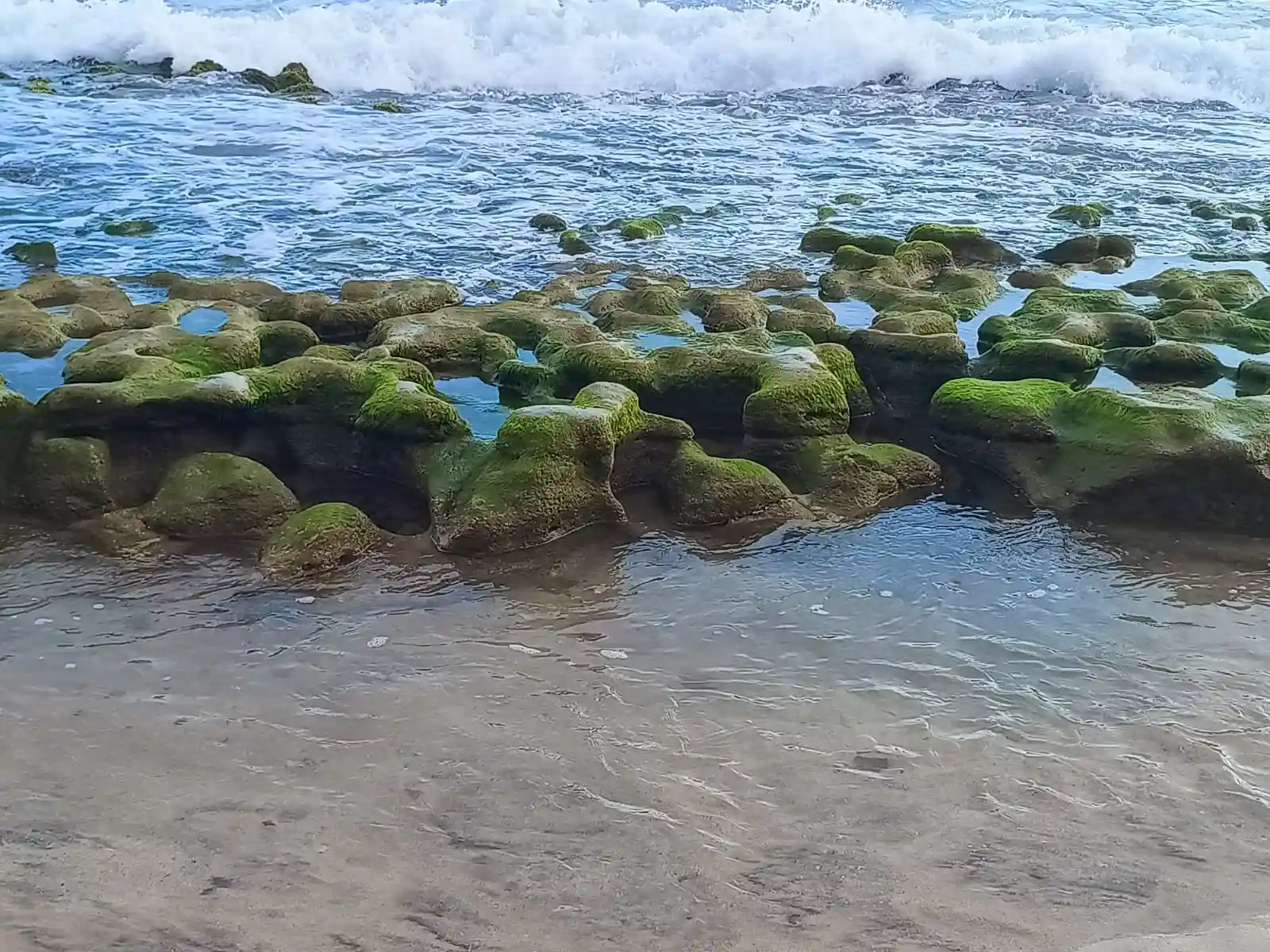Mazatlán, Sinaloa — The erosion of Mazatlán’s beaches has become increasingly evident, especially along the Playa Norte stretch on Avenida del Mar, where strong seasonal waves have stripped away large sections of sand and revealed underlying rock formations.
Experts warn that this natural and cyclical process is now being intensified by the effects of climate change, the rise in sea levels, and the increased frequency and strength of storms. The situation is particularly severe during August and September, when tropical systems in the Pacific Ocean cause higher tides and stronger surf.
In recent years, the construction of hotels, restaurants, seawalls, and breakwaters has further disrupted the natural drift of sand along the coast, accelerating erosion and causing the loss of several beach sections throughout Mazatlán’s shoreline.
Climate Change and Human Impact
Ángel García Contreras, director of Mazatlán’s Beach Management and Operations Agency, explained that while erosion is a natural process, climate change has magnified its duration and intensity.
“We have seen changes in marine currents, but with global warming, meteorological events have become more severe,” García Contreras said.
“These stronger and longer-lasting swells have led to continuous beach erosion.”
He emphasized that the problem is compounded by urban development too close to the coastline, as many structures have been built within the federal maritime-terrestrial zone, which extends 20 meters from the highest tide line.
Ignored Warnings and the Cost of Poor Planning
García Contreras recalled that Mexico’s General Law of Ecological Balance — in effect since 1988 — clearly establishes that buildings must be constructed behind the coastal dunes to reduce erosion and protect infrastructure. However, this guideline was not followed in many areas of Mazatlán.
“In Cerritos, we still have dunes, and the scientific recommendation is to build behind them,” he said.
“On the Malecón, that rule wasn’t respected, and now we’re seeing the consequences. The same happened in the Golden Zone, where 44 hotels occupy the federal maritime zone.”
These constructions, while profitable, have made the coastline more vulnerable. The combination of climate change and human development now threatens not only beach ecosystems but also tourism, Mazatlán’s most vital economic driver.
Restoration Efforts and Long-Term Solutions
According to García Contreras, two technical restoration proposals — designed by a hydrologist and an oceanographer — are under review. These initiatives would require substantial investment, long-term planning, and coordination between government agencies.
“SEMARNAT should stop authorizing construction permits on dunes,” he added.
“Investors must understand what’s happening — climate change is intensifying hurricanes and cyclones, which are causing longer and more destructive effects along our coast.”
The recent passing of Hurricane Priscilla served as a stark reminder of Mazatlán’s growing vulnerability. Local experts agree: without strategic planning and sustainable coastal management, Mazatlán risks losing one of its most iconic treasures — its beaches.



